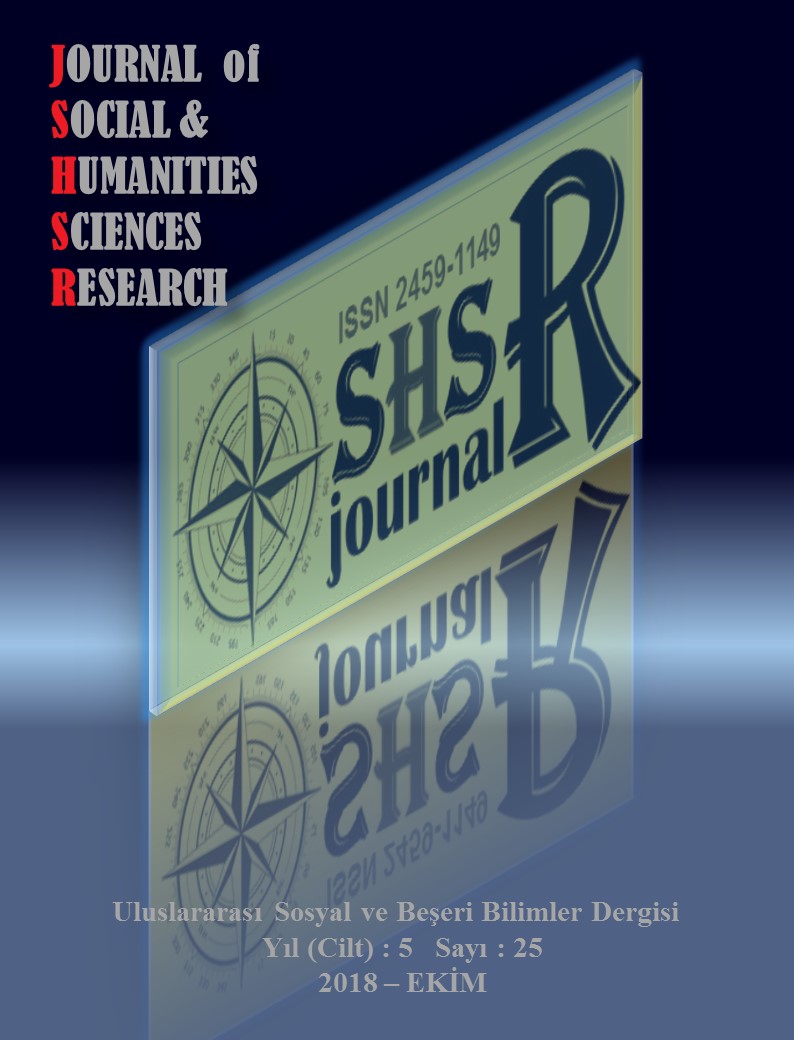POPULATION EXCHANGE OF THE DISTRICT OF AKÇAABAT DURING THE REPUBLIC PERIOD
DOI:
https://doi.org/10.26450/jshsr.609Keywords:
Population, Settlement, MigrationAbstract
Population of the Akçaabat increased at the rate of 293.8% between 1927 and 2017 and increased from 41366 to 121535 people. The increase in the rural population was limited because some rural settlements grew and almost got involved in the city borders, Düzköy became a district, and there were immigrations from villages during that period. Today’s district of Düzköy was a settlement with a municipality organization in affiliation with Akçaabat before 09.05.1990 and then has gained the status of district with a law enacted on the aforementioned date. On the same date, the villages of Gökçeler, Çal, Çayırbağı, Taşocağı, Gürgendağ, Küçüktepeköy, Alazlı, Aykut and Çiğdemli also became subject to the district of Düzköy. Due to that change in the administrative boundaries, the rural population decreased during the period. Total village population was 38352 in 1927 and increased to 49471 in 2017. On the other hand, the increase in the city population was much greater. The City of Akçaabat entered into a process of rapid growth after 1950. Depending on developments in the economic and social area, the city constantly allowed immigrants and thus, its population increased rapidly. In addition, as a result of the rapid growth in the City of Trabzon after 1980 which started the process of rapid growth in the City of Akçaabat, primarily Yıldızlı and Söğütlü. As a matter of fact, the city population increased nearly 24 times in the period of 1927-2017 and increased from 3014 to 72064 people. Söğütlü and Yıldızlı, which were included in the boundaries of Akçaabat by removing the municipality organization with the Law dated 12 November 2012 and numbered 6360, had an important role in that increase
Downloads
Published
How to Cite
Issue
Section
License
Copyright (c) 2018 INTERNATIONAL JOURNAL OF SOCIAL HUMANITIES SCIENCES RESEARCH

This work is licensed under a Creative Commons Attribution 4.0 International License.


